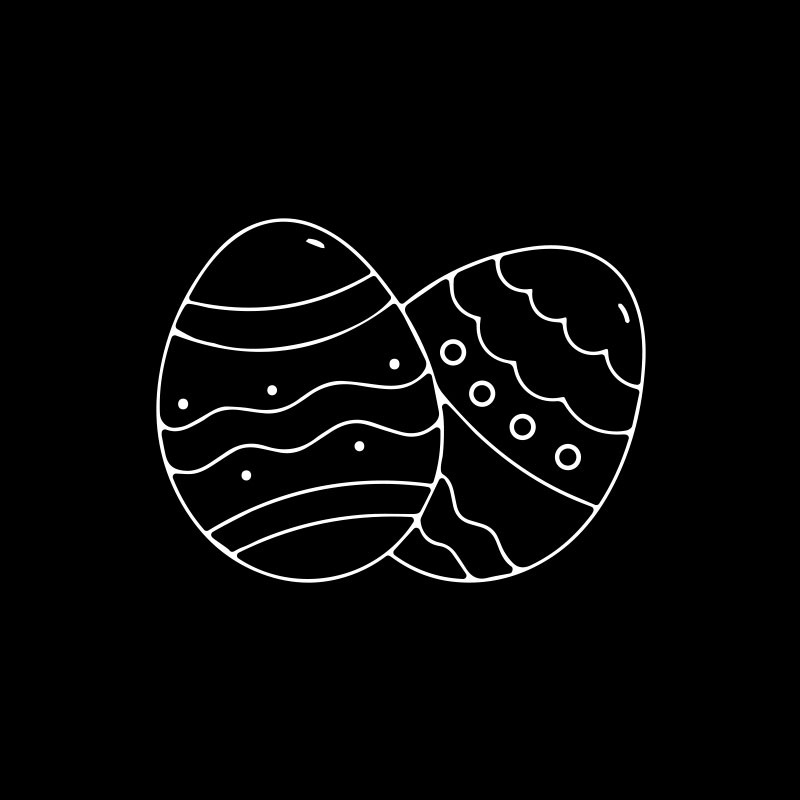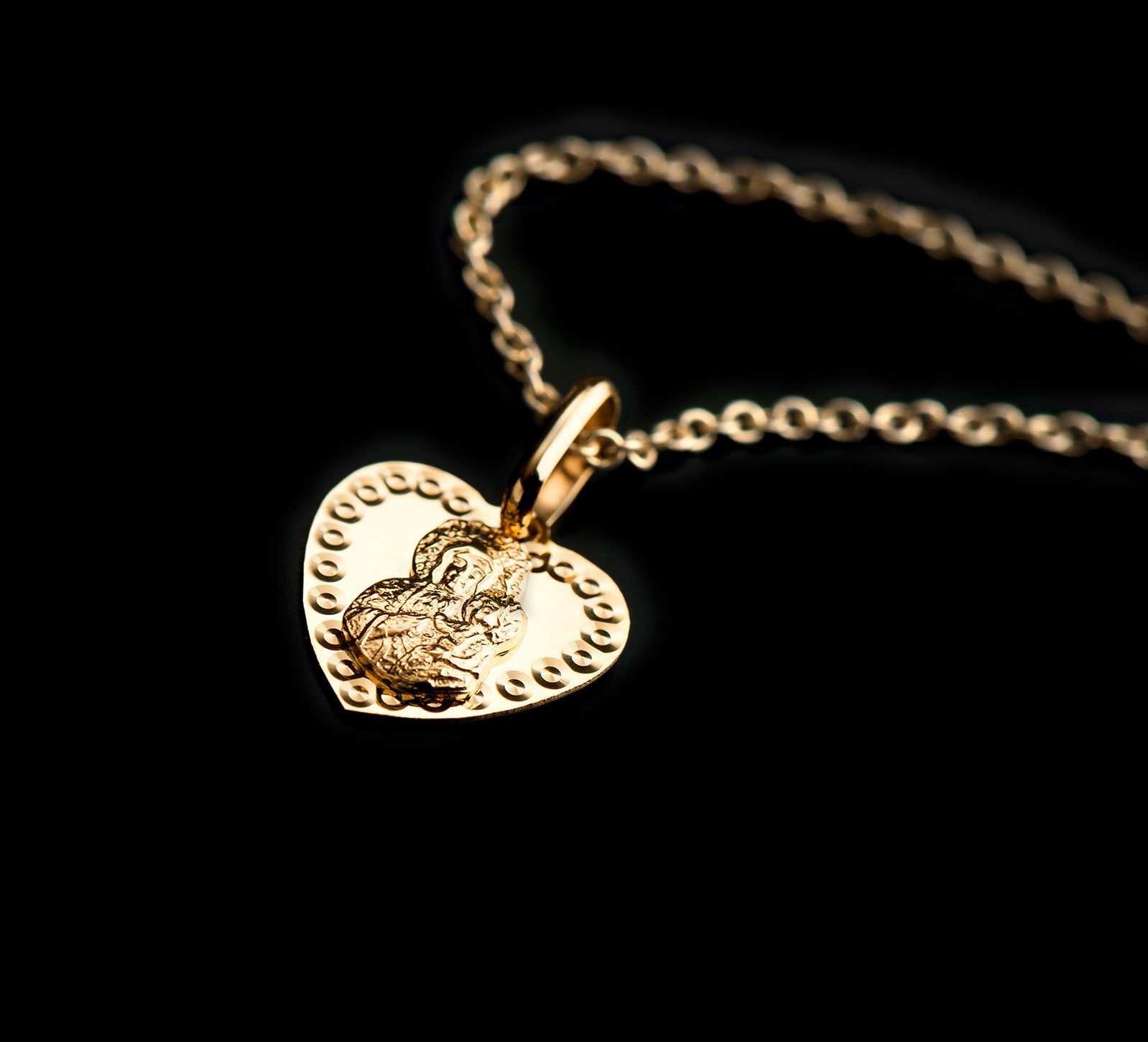History
The origin of Easter comes from the Jewish Pesach, meaning “pass over“, and represents the Israelites’ escape from slavery in Egypt. In the Christian religion, it commemorates Jesus Christ’s resurrection, as well as mankind’s liberation from the bondage of sin and fear of death.
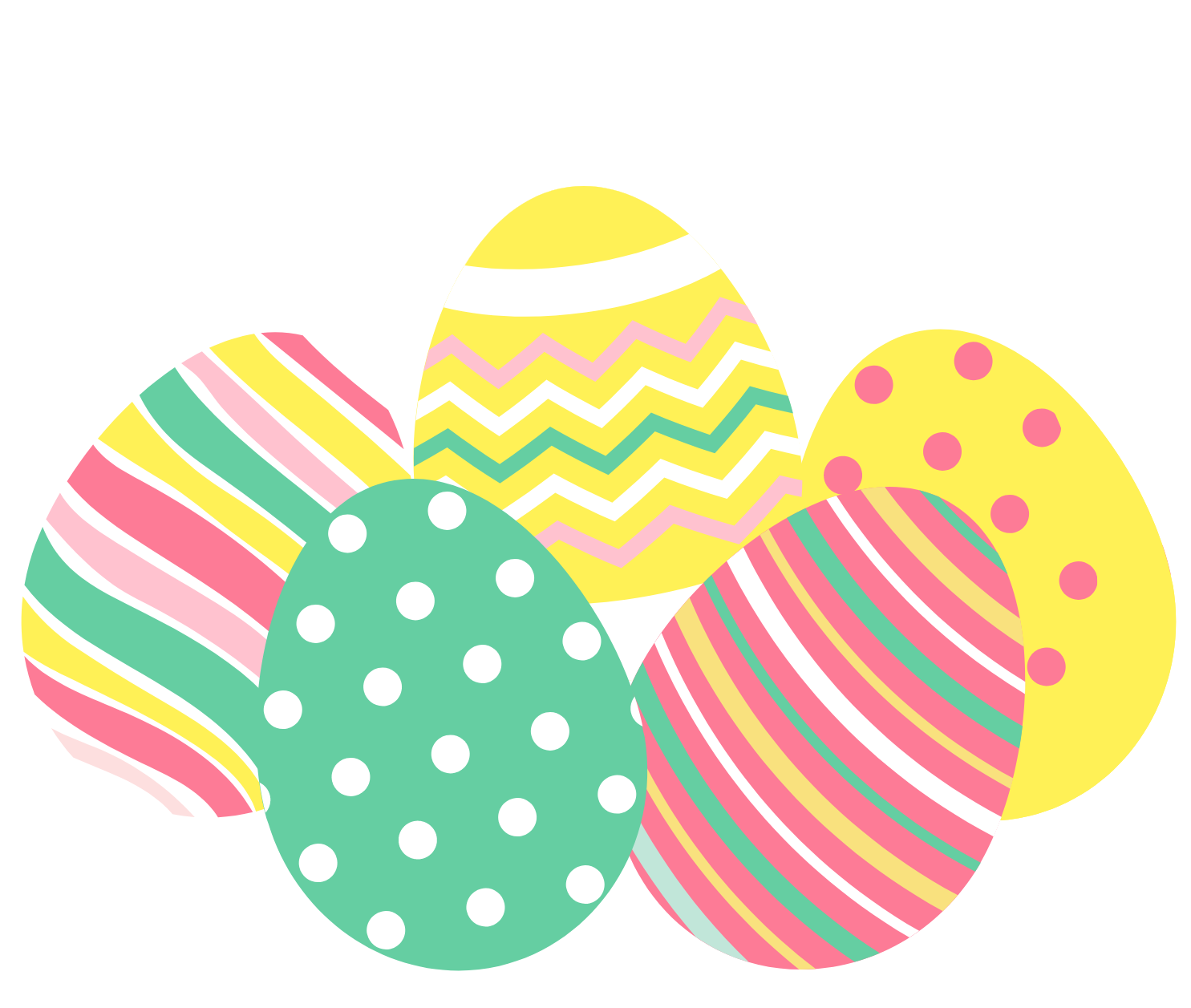
From Swedish witches and German bunnies
Easter, with its many symbols and meanings, is as varied and colourful as the countries that celebrate it. A kaleidoscope of traditions that leads us to the discovery of unique and interesting customs!
Let’s see them together!
Germany: between Osterlamm and Easter trees
In Germany, celebrations start on Maundy Thursday, which is called Gründonnerstag. On this day, people traditionally eat green foods, such as seven-herb soup, and sweets like the Osterlamm, a lamb-shaped cake.
Children excitedly look forwards to welcoming the Osterhase, the Easter bunny that brings gifts.
As per tradition, gardens are decorated with flowers and bunnies, while painted eggs are hung to branches to create the famous Osterstrauch, the Easter tree. Besides being associated with Easter, eggs and bunnies also announce the arrival of spring.
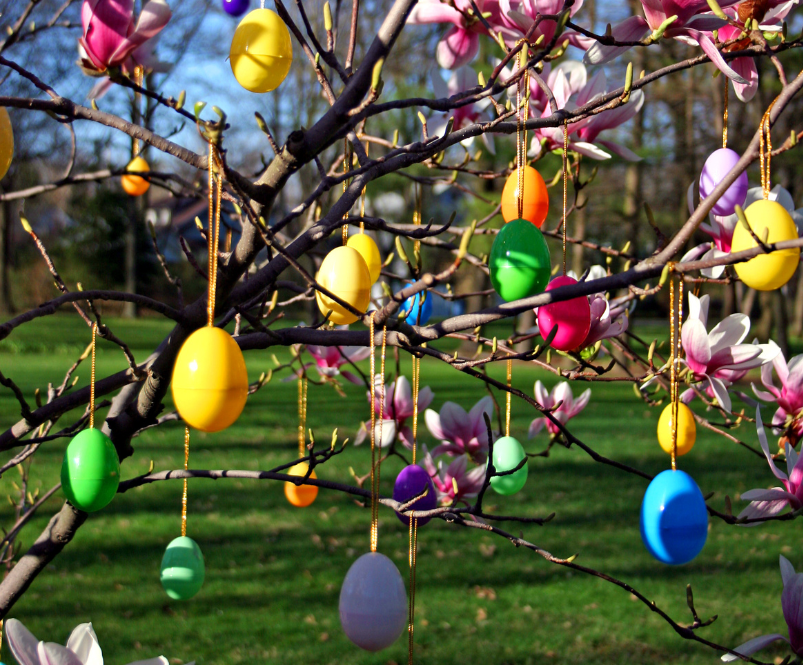
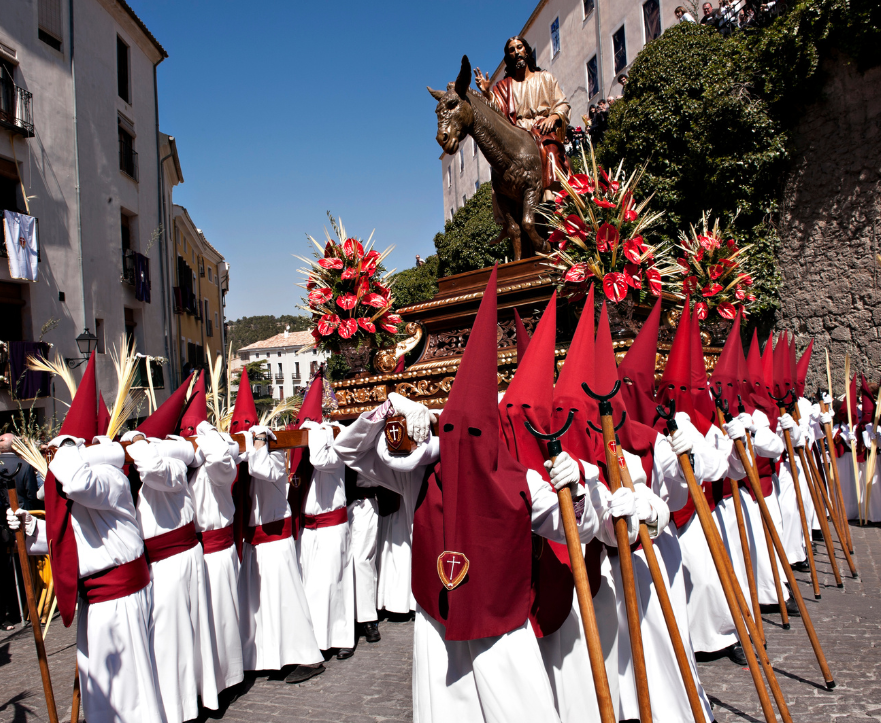
Spain: processions and palmons
In Spain, Easter celebrations are characterised by processions and theatrical renditions of the Stations of the Cross. During such ceremonies, participants wear penitential robes with pointy hoods and cover their faces with a mask. On Palm Sunday in Barcelona, it is customary to bring palms and palmons—whole palm branches —to church, to have them blessed. These branches are then hung to doors or windows to protect houses from evil spirits.
Amongst the most widespread traditional sweets there is the famous mona, often decorated with chocolate eggs or picture of characters popular with kids.
Romania: the egg fight
Easter in Romania is a full-blown banquet, with plenty of rich traditional dishes. Typical foods include the ciorba, a sour soup with a strong flavour, and the drob, a meatloaf.
Painted eggs are a must, as they symbolise rebirth and hope. They are the protagonist of a game that engages the whole family: the egg battle.
The game is simple: two challengers tap their hard-boiled eggs against each other. Whoever has the egg with the hardest shell is the winner. The loser is warned! As punishment they’ll have to eat all the eggs that cracked during the fight!
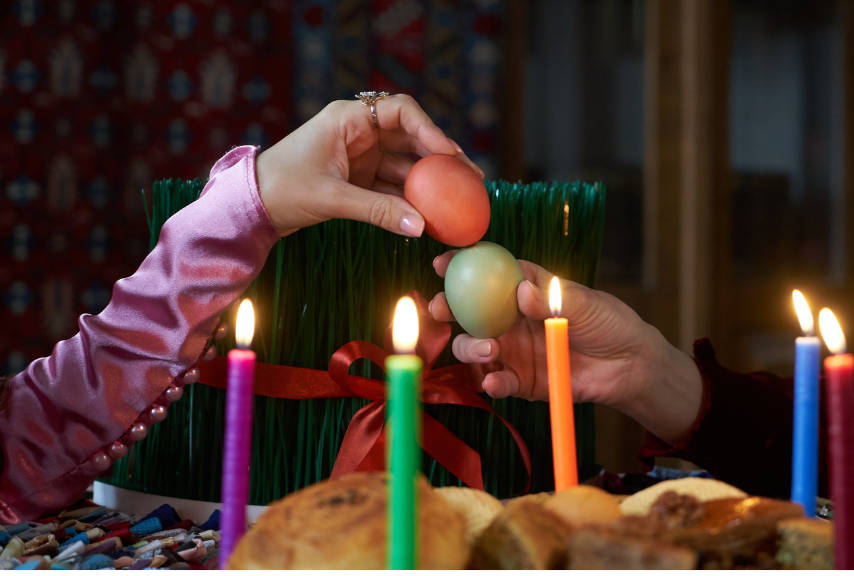
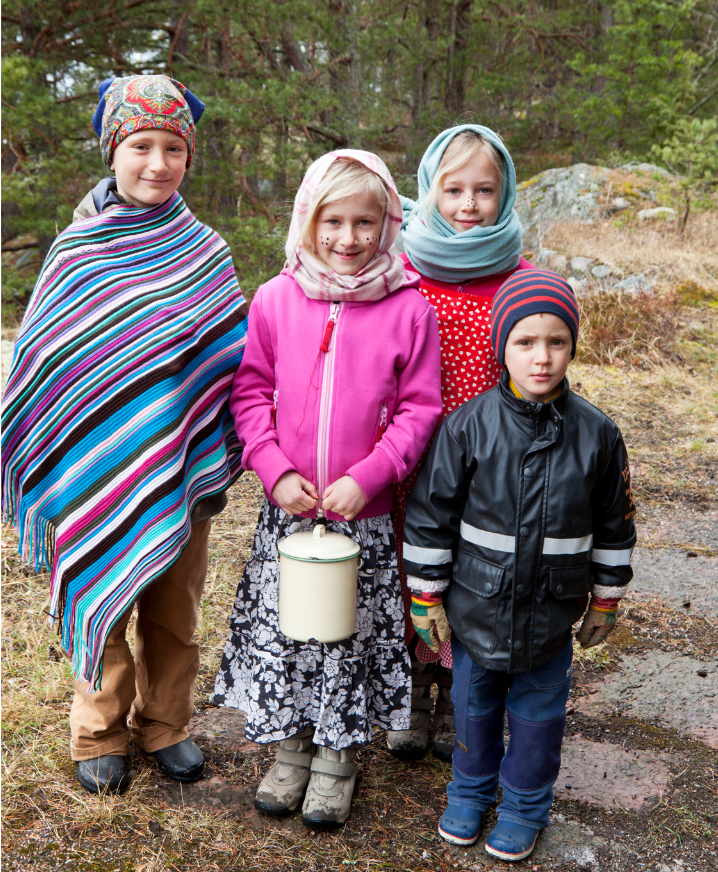
Sweden: Halloween or Easter?
Easter in Sweden is a combination of ancient customs. Children dress up as påskkärringar (Easter witches) and, with painted faces and brooms in hand, knock on their neighbours’ doors to receive sweets and chocolate.
On Palm Sunday, branches of white poplar and birch are blessed and used to decorated houses, creating a spring-like atmosphere in every corner.
And what about Easter Sunday?
Swedish people gather round the table to enjoy a smörgåsbord, a rich buffet-style collection of various traditional dishes.
Philippines: the deep devotion of the “Senakulo”
In the Philippines, the Holy Week is a period of intense devotion. It is celebrated with a theatrical interpretation of Christ’s sacrifice known as “Senakulo“, where devotees are symbolycally flogged and crucified to represent and share Christ’s immense pain. It’s a very touching moment that bears witness to the people’s deep faith.
El Salvador: the talcigüines’s penitence
In Texistepeque, a city in El Salvador, men dressed up as devils, the talcigüines, flog everyone they meet on their path. This curious ritual that might seem unusual represents Jesus’s struggle against temptation, and ends with the devils lying on the ground in submission to Christ.
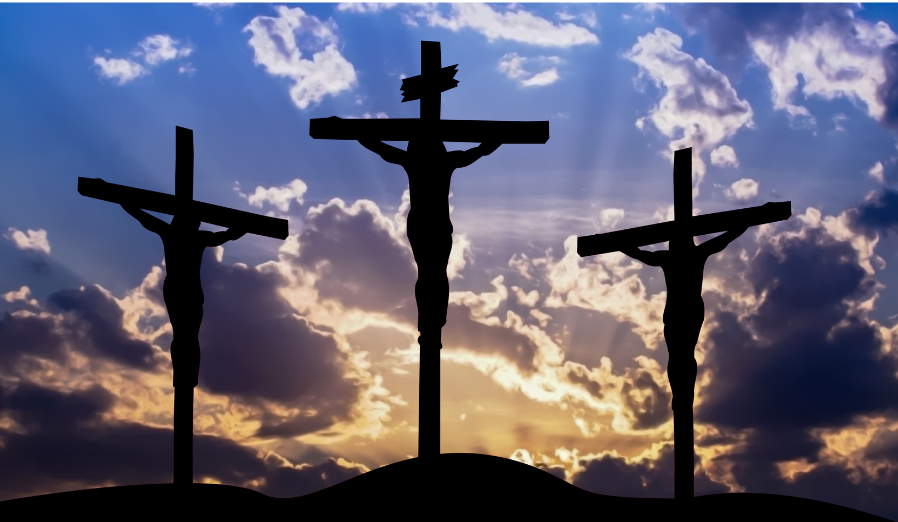
One Easter, a thousand colours: an invitation to discovery
Easter means rebirth, and its celebrations around the world are all unique and fascinating. From the silent bells in France to the preparation of hot cross buns in the UK, Easter is an opportunity to unite cultures and share joy and spirituality.

